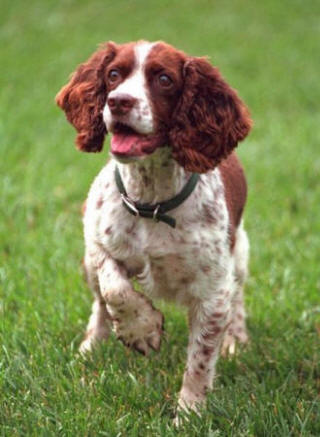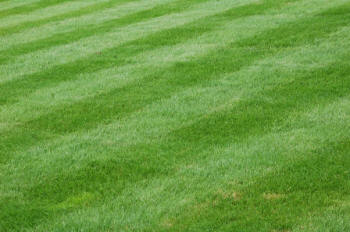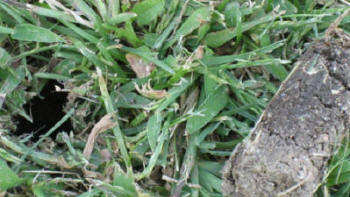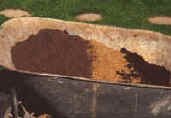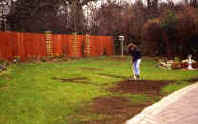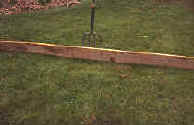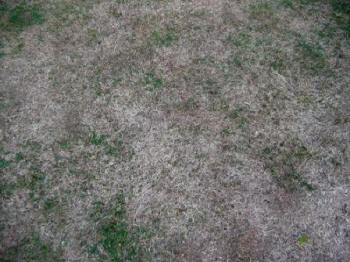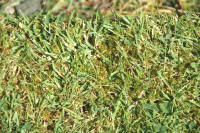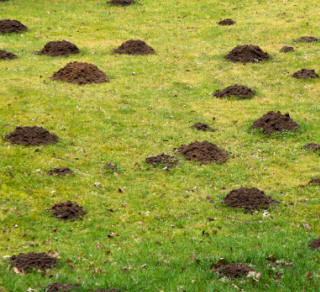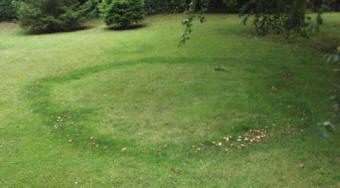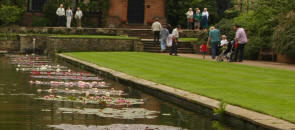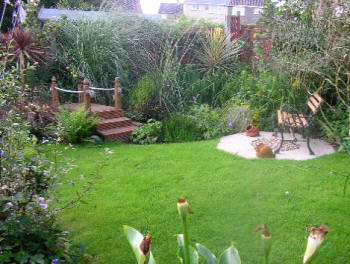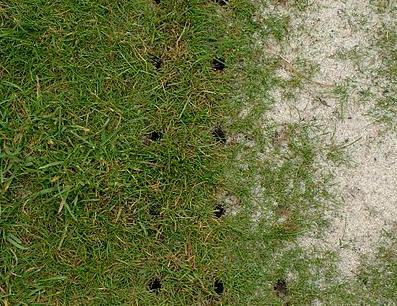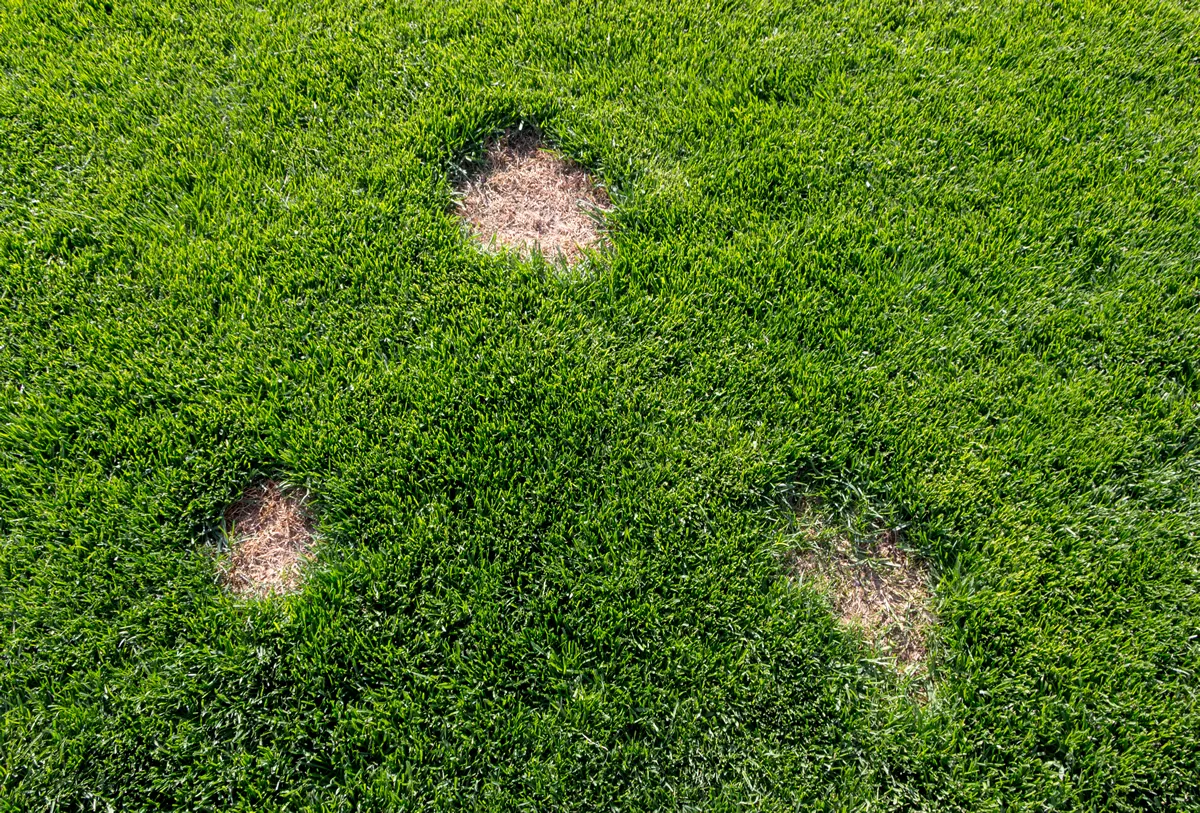
If you're a dog owner, especially of female dogs, you might have noticed unpleasant brown patches marring the green expanse of your lawn. These unsightly spots are caused by the high nitrogen content in your dog's urine, which, akin to over-fertilising, burns the grass and leads to those brown, dead patches. Here are detailed solutions and tips to help mitigate this common gardening challenge:
Immediate Dilution
The simplest immediate action you can take is to water down the spot where your dog has urinated as soon as possible. The aim here is to dilute the concentration of nitrogen in the urine, reducing its 'burn' effect on the grass. A quick spray with a hose or a few cups of water poured over the affected area can make a significant difference.
Designate a Bathroom Area
Training your dog to use a specific part of the yard can save your lawn from ruin. Choose an area that's less visible and cover it with gravel or mulch. These materials won't suffer from the nitrogen in the urine and will save the rest of your grass from discolouration and death.
Increase Lawn Watering
By watering your lawn more frequently, you help flush out the excess nitrogen from the soil, preventing it from accumulating to harmful levels. However, it's vital to strike a balance because overwatering can also damage your lawn by depriving the roots of oxygen or encouraging fungal growth.
Use a Commercial Lawn Repair Product
There are products available on the market designed specifically to treat pet urine spots on lawns. These products usually contain ingredients that neutralize the nitrogen and may also include grass seeds to assist in regrowing the damaged patches. Be sure to follow the manufacturer's instructions for the best results.
Overseed Affected Areas
Sometimes, the best solution is to introduce new life directly. Once the nitrogen has been flushed or neutralized, overseeding the affected areas with a suitable grass seed blend can encourage new growth, filling in the brown patches and restoring your lawn's lush, green appearance.
Final Thoughts
While lady dogs causing brown patches on lawns is a common issue, it's one that can be managed with a little effort and know-how. Implementing these strategies can help maintain a healthy, vibrant lawn that both you and your pets can enjoy. Keep in mind the importance of acting quickly to mitigate damage and regularly monitoring your lawn's health to prevent future issues. Happy gardening!
